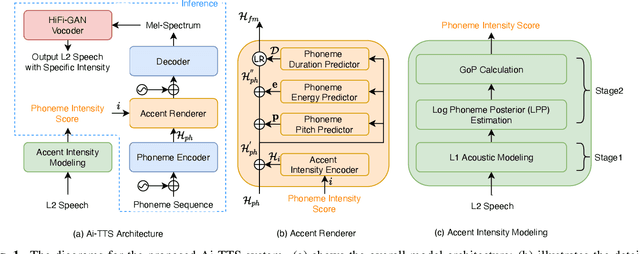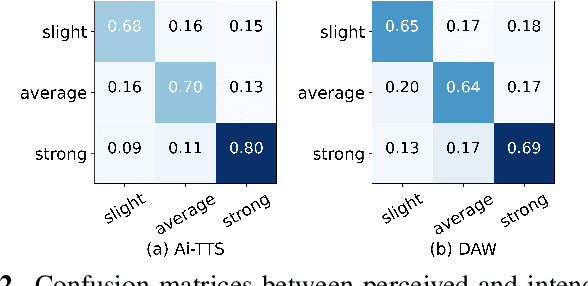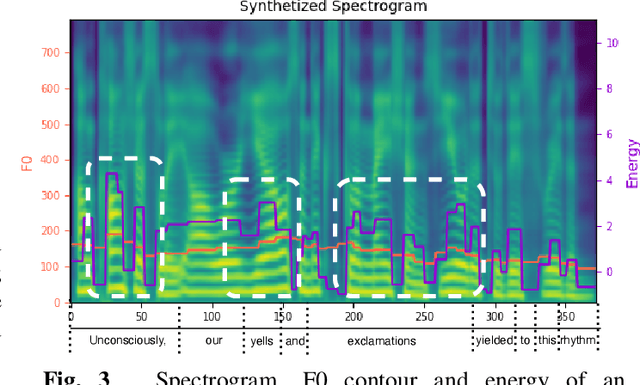Explicit Intensity Control for Accented Text-to-speech
Paper and Code
Oct 27, 2022


Accented text-to-speech (TTS) synthesis seeks to generate speech with an accent (L2) as a variant of the standard version (L1). How to control the intensity of accent in the process of TTS is a very interesting research direction, and has attracted more and more attention. Recent work design a speaker-adversarial loss to disentangle the speaker and accent information, and then adjust the loss weight to control the accent intensity. However, such a control method lacks interpretability, and there is no direct correlation between the controlling factor and natural accent intensity. To this end, this paper propose a new intuitive and explicit accent intensity control scheme for accented TTS. Specifically, we first extract the posterior probability, called as ``goodness of pronunciation (GoP)'' from the L1 speech recognition model to quantify the phoneme accent intensity for accented speech, then design a FastSpeech2 based TTS model, named Ai-TTS, to take the accent intensity expression into account during speech generation. Experiments show that the our method outperforms the baseline model in terms of accent rendering and intensity control.
 Add to Chrome
Add to Chrome Add to Firefox
Add to Firefox Add to Edge
Add to Edge